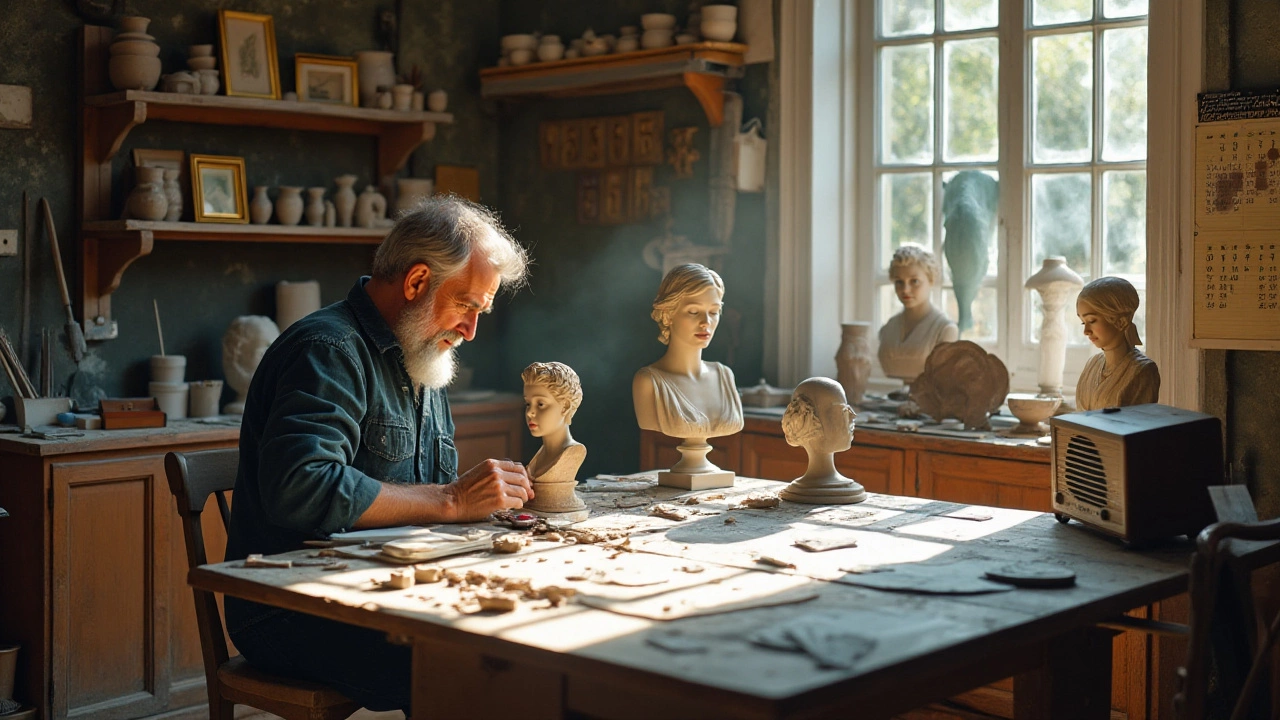Sculpture Pricing: What You Need to Know Before You Start
Thinking about buying or making a sculpture? The first question is always the same – how much will it cost? The answer depends on a few real factors, not on vague guesses. In this guide we break down the main drivers of sculpture pricing, give you a realistic price range, and share cheap‑material ideas that keep your project affordable.
Key Factors That Shape the Price
1. Material choice – Bronze, marble, resin, wood, and even recycled trash each have their own price tag. Bronze and marble sit at the top because they need specialized casting or carving tools. Clay, plaster, and everyday objects can be sourced for pennies.
2. Size and weight – A tabletop piece under a foot tall costs far less than a life‑size outdoor work. Bigger sculptures need more material, stronger internal armature, and often professional transport.
3. Complexity of design – Simple, geometric forms are quicker to model and finish. Intricate details, moving parts, or mixed‑media elements add labor hours and sometimes extra equipment.
4. Artist’s experience – Established sculptors charge higher rates for their reputation and skill. Emerging artists may price lower while they build a portfolio.
5. Finishing and installation – Patinas, polishing, or protective coatings add material cost and extra time. Outdoor installations also require a sturdy base and possibly a permit.
Typical Price Ranges
Here’s a quick snapshot of what you can expect in the UK market (2024‑25):
- Small clay or resin piece (under 12 in): £50 – £300.
- Medium wood or mixed‑media (12‑36 in): £300 – £1,200.
- Large bronze or marble (over 3 ft): £2,500 – £15,000+.
- Custom commission from a known artist: Starts around £1,000 and can climb into six figures for monumental works.
These numbers are averages. Your final bill will reflect the exact mix of the factors above.
If you’re on a tight budget, start with the cheapest material options. Recycled metal, cardboard, or even plaster mixed with cheap filler can produce striking results when you focus on form and surface texture. The post “Cheapest Materials for Sculpture” shows how artists turn trash into treasure without breaking the bank.
Another tip: work in stages. Build a basic armature and rough shape first, then decide if you want to upgrade the finish later. This way you can test the market or your own interest before committing to expensive patinas or stone carving.
Don’t forget hidden costs. Shipping a heavy sculpture can add £100‑£500 depending on distance. Installation may need a crane or specialist crew for larger pieces, which can double the overall expense.
Finally, always ask for a detailed quote. A good artist will break down material, labor, finishing, and transport so you know exactly where every pound goes.
Whether you’re buying a ready‑made piece or commissioning a custom work, understanding these pricing basics helps you set a realistic budget and avoid surprise fees. Use the guidelines here to compare quotes, negotiate wisely, and choose materials that fit your vision without emptying your wallet.

4 Jan 2025
Pricing a sculpture is a nuanced art, intertwining materials, size, artist's renown, and market demand. Every aspect from craftsmanship to current market trends plays a role in determining the worth of unique sculpture pieces. Newcomers to art collecting or even artists themselves must navigate these elements to set or understand fair prices. Having a clear breakdown of these factors assists individuals in making informed decisions.
Continue reading...
